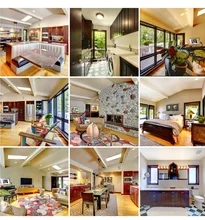
Choosing a home is a deeply personal journey—one that resonates with our identities, lifestyles, and dreams. It’s not just about walls and roofs; it’s about crafting a sanctuary that reflects who we are. When it comes to home decor, this journey becomes even more exciting, as it allows you to express your individuality and create a space that feels uniquely yours. So, how do you go about choosing what home decor suits you best? Let’s dive deep into the world of home styling, exploring various decor styles, practical tips for creating your ideal space, and more.
Understanding Your Personal Style
Before diving headfirst into the ocean of home decor, it’s essential to figure out what style resonates with you. Your home should tell your story, and the best way to do that is to embrace a decor style that aligns with your personality. Here’s how to unearth your aesthetic:
Take a Style Quiz
In today’s digital age, there are countless online resources that offer style quizzes designed to help you identify your decor preferences. These quizzes often ask you about your favorite colors, textures, and even specific design elements. By answering a series of simple questions, you can get a clearer picture of the styles that appeal to you.
Example: You might discover that you lean towards industrial chic, characterized by raw materials like metal and wood, or perhaps you find yourself drawn to the soft and cozy vibe of Scandinavian design.
Create a Mood Board
Mood boards are fantastic tools for visualizing your ideas. Start by collecting images that resonate with you—this could be anything from furniture pieces and color palettes to room layouts and textiles. Use platforms like Pinterest or Canva to create a digital mood board or go old-school and cut out images from magazines to assemble a physical board.
Tip: As you collect images, pay attention to recurring themes. Are there specific colors or styles that keep appearing? This will help you hone in on your unique style.
Consider Your Lifestyle
Your lifestyle plays a crucial role in shaping your decor choices. Are you a busy professional who values minimal upkeep? Or perhaps you’re a parent needing durable, kid-friendly furniture? Think about how you live your life, and let that inform your choices.
Example: If you enjoy hosting friends for game nights, consider investing in comfortable seating and a spacious coffee table. On the other hand, if tranquility is your goal, create a cozy reading nook with soft lighting and plush pillows.
Popular Home Decor Styles
With a clearer understanding of your personal style, it’s time to explore some popular home decor options. Each style comes with its own unique flair, and knowing them can help you find what resonates with you.
1. Modern Minimalism
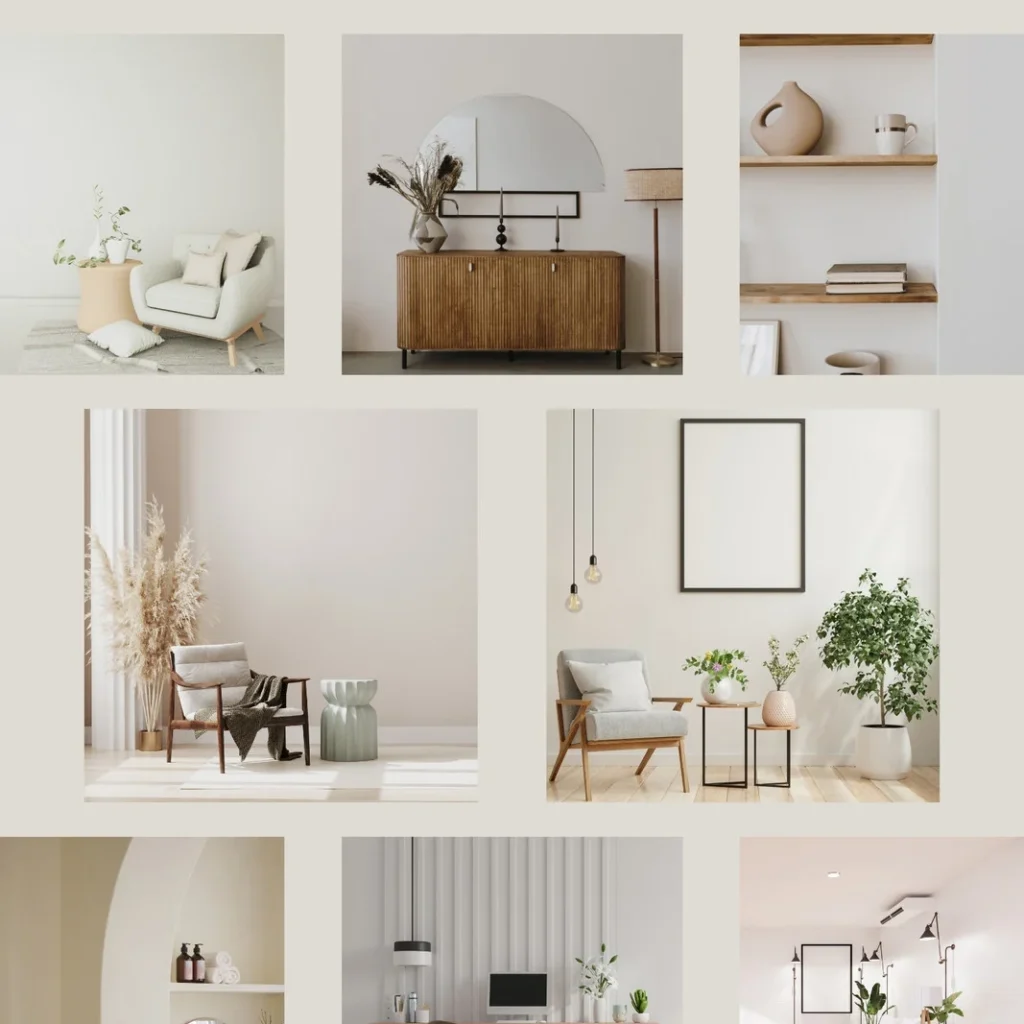
Modern minimalism is all about simplicity and functionality. It focuses on clean lines, neutral colors, and uncluttered spaces. Think of it as a breath of fresh air in the world of decor—everything has a purpose, and there’s no room for excess.
Key Elements:
- Neutral color palettes (whites, grays, and beiges)
- Functional furniture with sleek designs
- Minimal decorative items
Pros: Easy to maintain and creates a calming environment.
Cons: May feel too sterile or impersonal if not balanced with warmth, such as adding texture through fabrics or plants.
2. Rustic Charm
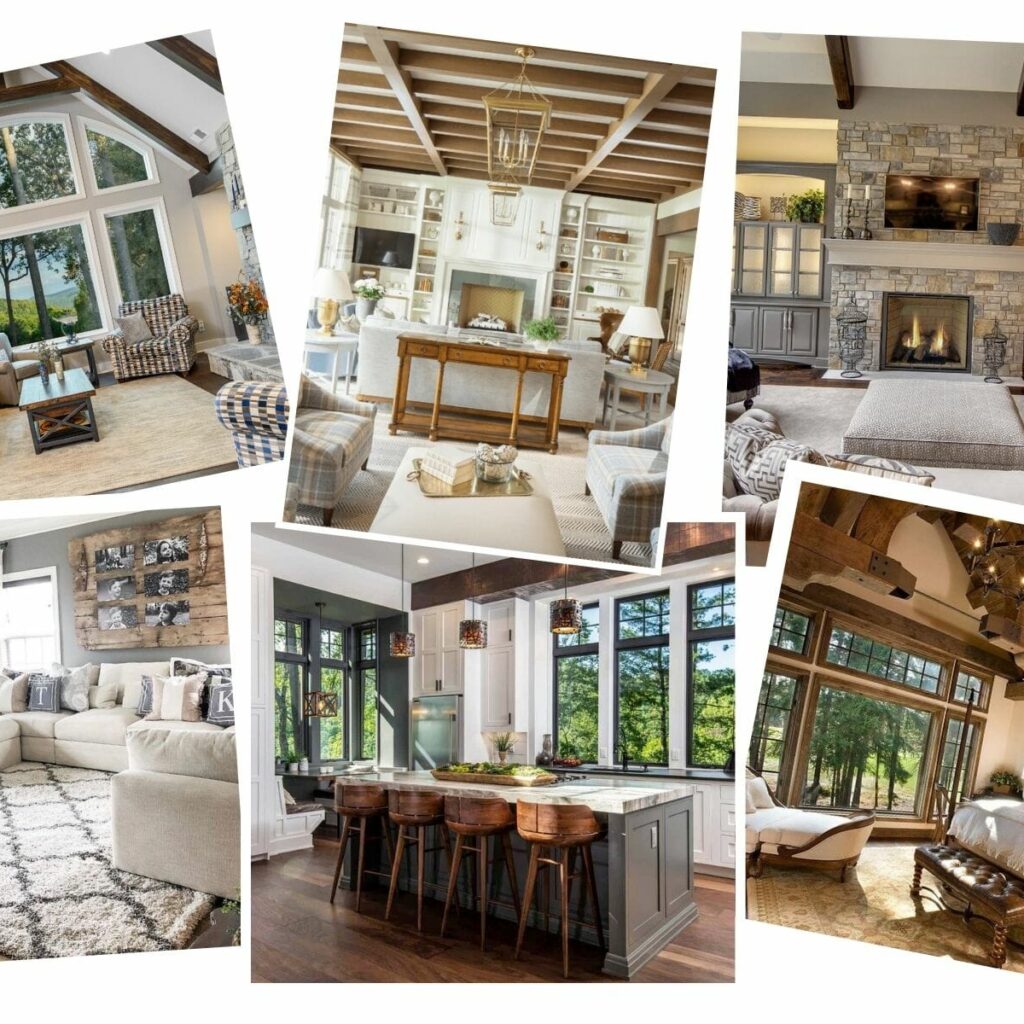
If you dream of cozy cabins or farmhouse vibes, rustic decor may be your calling. This style emphasizes natural materials like wood and stone, paired with warm colors. It’s all about creating an inviting and homey atmosphere.
Key Elements:
- Wooden furniture and accents
- Earthy color palettes (browns, greens, and deep reds)
- Textiles like wool or burlap
Pros: Inviting and homey, perfect for creating a comforting space.
Cons: Can become cluttered if too many decorative items are added, less is often more in rustic decor.
3. Industrial Style
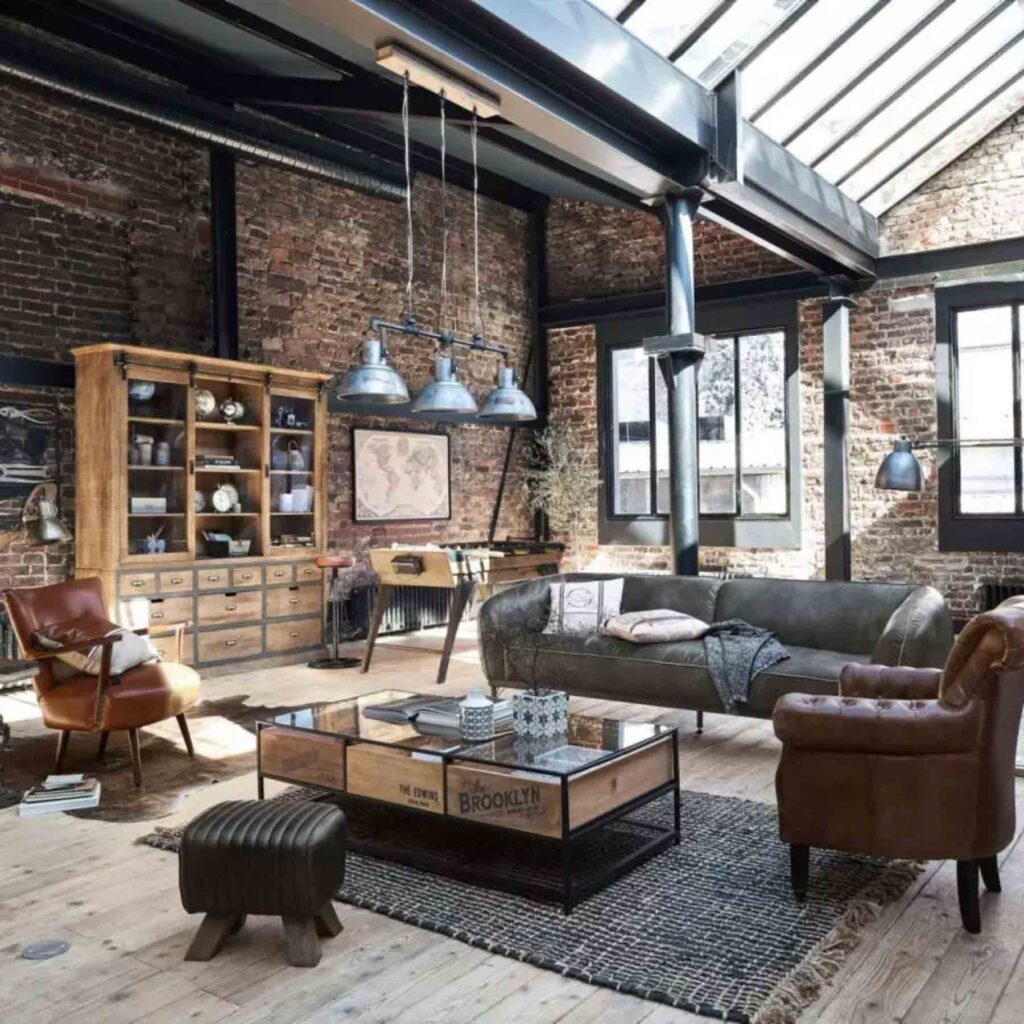
Inspired by old factories and warehouses, industrial decor features raw materials like exposed brick, metal, and wood. This style often combines vintage and modern elements, creating a unique, edgy look.
Key Elements:
- Exposed beams and brick walls
- Metal fixtures and furniture
- Utilitarian designs
Pros: Edgy and trendy, ideal for lofts or urban spaces.
Cons: May require more maintenance, especially with older structures and materials.
4. Scandinavian Design
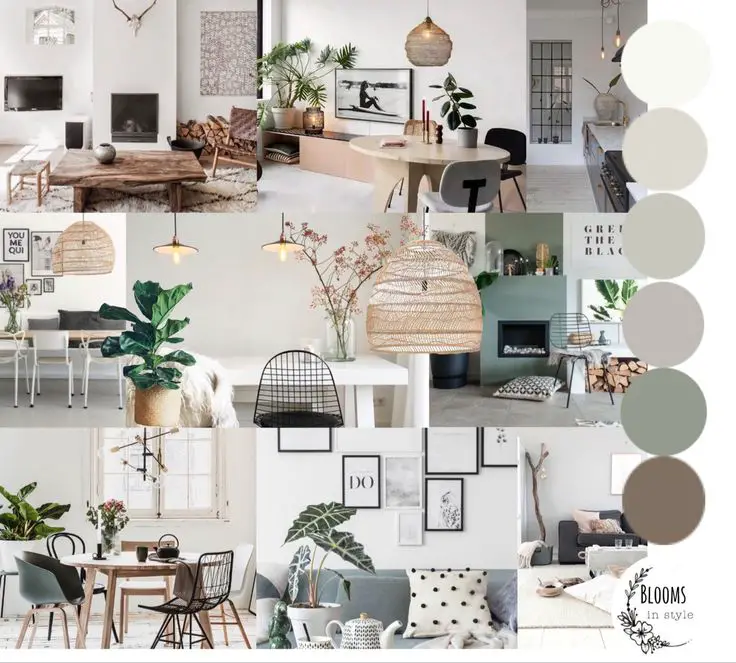
Scandinavian design is known for its emphasis on simplicity, functionality, and a connection to nature. Expect light colors, natural materials, and lots of natural light. This style is perfect for those who love a clean, airy feel.
Key Elements:
- Light color palettes (whites, light grays, and pastels)
- Functional furniture that’s often multi-purpose
- A focus on natural light and open spaces
Pros: Bright and cheerful, promotes well-being.
Cons: Can be challenging to maintain a balance between minimalism and coziness; be mindful of adding personal touches.
5. Bohemian Flair
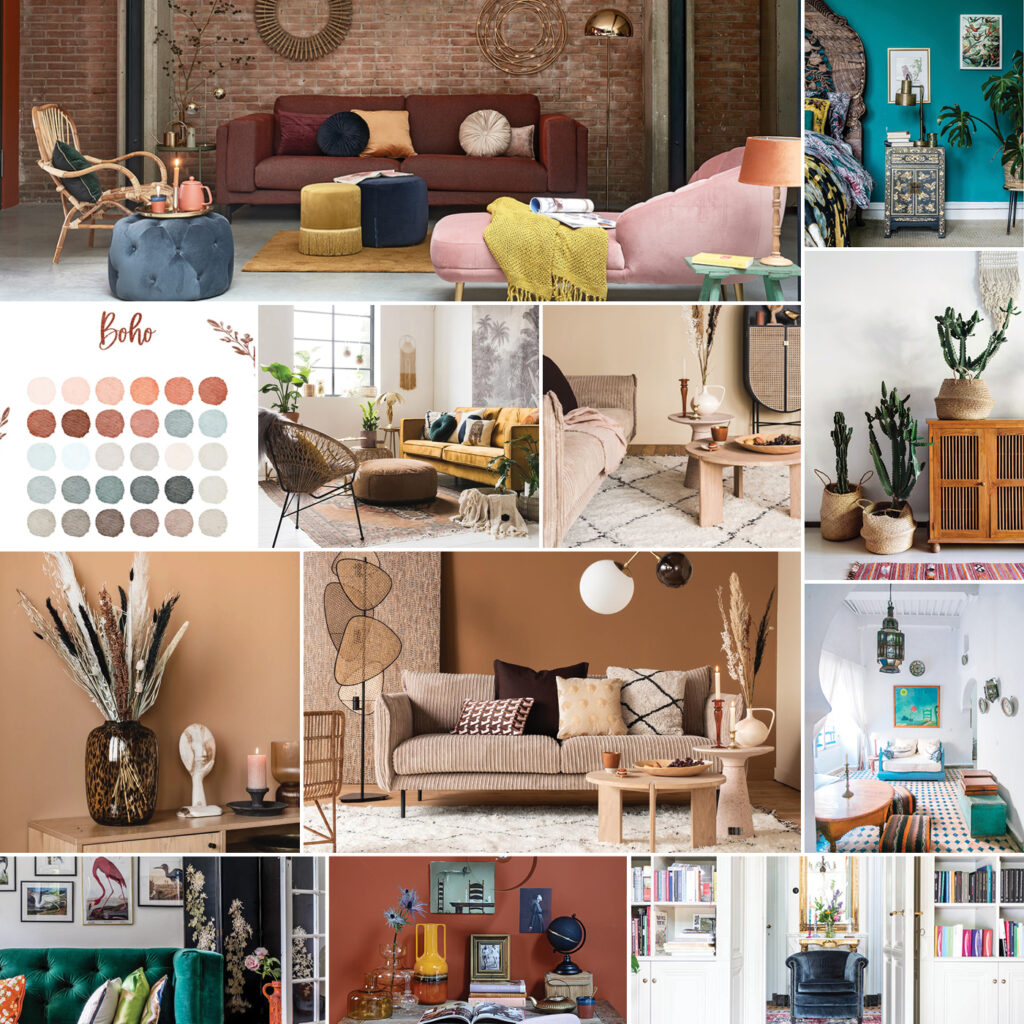
If you’re the free-spirited type, bohemian decor might resonate with you. This style embraces vibrant colors, eclectic patterns, and an abundance of textures. It’s all about personal expression and layering.
Key Elements:
- Rich colors and patterns
- An assortment of textiles (think tapestries, cushions, and rugs)
- Unique decorative items from travels or personal collections
Pros: Highly personalized and creative, allowing for a lot of self-expression.
Cons: Can easily become chaotic if not curated properly; aim for a balance between layers and clutter.
Your Decor Needs
Now that you have an understanding of various decor styles, it’s time to assess your own needs. This step is about diagnosing what will work best for your lifestyle and space. Consider the following questions:
What Activities Do You Enjoy at Home?
Identifying how you use your space is crucial. Do you love hosting dinner parties, or do you prefer quiet evenings with a good book? Your decor should reflect and facilitate your activities.
Example: If you enjoy cooking, having a well-organized kitchen with attractive storage solutions can enhance your culinary experience. Conversely, if you often entertain, a spacious dining area with comfortable seating is essential.
How Do You Want Your Home to Feel?
The atmosphere of your home plays a significant role in your overall happiness. Do you want it to be a calming retreat, an energetic hub, or a cozy gathering place? Your decor choices should support the mood you wish to create.
Example: To foster relaxation, consider soft colors, comfortable seating, and warm lighting. For a lively atmosphere, opt for vibrant colors, playful patterns, and engaging decor pieces.
What Are Your Practical Requirements?
Think about practical aspects such as storage, maintenance, and how much time you’re willing to invest in upkeep. For example, if you have young children or pets, choosing durable, easy-to-clean materials is a must.
Implementing Your Style
With a clear understanding of your needs and preferences, it’s time to implement your style. Here are practical steps to help you treat your home decor dilemmas effectively:
1. Color Palette
Choosing a cohesive color palette is crucial for creating a harmonious space. Start with a neutral base and add pops of color that resonate with you. Remember, colors can influence mood; for instance, blues and greens are calming, while yellows can energize a space.
Tips for Choosing Colors:
- Use a color wheel to identify complementary colors.
- Consider the amount of natural light in each room—darker colors can make a space feel smaller.
- Test paint samples on your walls to see how they look at different times of the day.
2. Furniture Selection
Investing in quality furniture that not only looks good but is also functional is essential. Look for pieces that suit your lifestyle. For example, if you have limited space, consider multi-functional furniture, such as a sofa bed or an ottoman with storage.
Furniture Tips:
- Measure your space before purchasing to ensure a good fit.
- Don’t be afraid to mix and match styles; eclectic arrangements can create visual interest and showcase your personality.
- Prioritize comfort—after all, your home should be a cozy haven.
3. Accessorizing Wisely
Accessories are like the jewelry of home decor; they add personality and charm to your space. Use decorative pillows, artwork, and plants to bring your home to life. Just remember the rule of three: grouping items in threes creates balance and harmony.
Accessorizing Tips:
- Use a mix of textures and materials to add depth (think soft textiles paired with sleek metals).
- Personalize your space with items that tell your story, such as family photos or travel souvenirs.
- Be mindful of scale—large pieces can anchor a room, while smaller items can create visual interest.
4. Lighting Matters
Lighting can make or break a room. Aim for a mix of ambient, task, and accent lighting to create a well-lit and inviting atmosphere. Ambient lighting provides overall illumination, task lighting focuses on specific areas (like reading nooks), and accent lighting highlights decor pieces.
Lighting Tips:
- Use dimmers to control the intensity of your lighting and create different moods.
- Incorporate natural light where possible; sheer curtains can soften harsh sunlight while still allowing light to filter through.
- Layer lighting with a combination of floor lamps, table lamps, and overhead fixtures for a well-rounded effect.
5. Personal Touches
Finally, infuse your personality into your space. Whether it’s displaying family photos, showcasing your art collection, or incorporating travel souvenirs, these personal touches make your house feel like a home.
Ideas for Personalization:
- Create a gallery wall featuring your favorite artwork or family pictures.
- Use decorative trays or bowls to organize smaller items while adding visual interest.
- Choose a signature scent (like candles or essential oils) that represents your style and enhances your space.
Common Mistakes to Avoid
As you embark on your home decor journey, it’s essential to be aware of common pitfalls that can derail your vision. Here are some mistakes to watch out for:
Overthinking It
It’s easy to get caught up in the details and second-guess your choices. Remember, your home is a reflection of you; there’s no right or wrong way to decorate. Trust your instincts and go with what feels good.
Ignoring Scale
One of the most common mistakes is neglecting the scale of furniture and decor items. A tiny sofa in a large room can feel lost, while oversized furniture in a small space can overwhelm it. Always measure your space and choose pieces that fit proportionately.
Skipping the Test Run
Before committing to a paint color or fabric, always test it out first. Lighting can dramatically change how colors appear, so take the time to see how it looks in different conditions.
Following Trends Blindly
Trends come and go, but your home should be timeless and reflect your personal style. While it’s great to incorporate current trends, ensure they align with what you genuinely love.
Neglecting Functionality
Aesthetics are important but never sacrifice functionality for looks. Choose furniture and decor that work for your lifestyle, ensuring your space is both beautiful and practical.
You May Be Interested In:
- How Future Technology May Impact Pregnancy and Childbirth
- The Power of the Cross: How Jesus’ Sacrifice Transforms Lives
- Detail and Despotic Direction: Cinema’s Most Meticulous and Tyrannical Filmmakers
- How Long Would It Take a Hacker to Brute Force Your Password? Understanding Password Security
Conclusion
Choosing the right home decor is an exciting journey of self-discovery and creativity. By understanding your personal style, diagnosing your needs, and implementing thoughtful design choices, you can create a space that reflects who you are and how you want to live. Remember, there’s no one-size-fits-all approach; your home should be a sanctuary that brings you joy and comfort.
So, roll up your sleeves, get inspired, and let your decor adventure begin! Whether you opt for the clean lines of modern minimalism or the vibrant layers of bohemian flair, your home is a canvas waiting for your unique touch. Happy decorating!
FAQs
- How do I determine my home decor style?
Take style quizzes, create mood boards, and reflect on your lifestyle to identify what resonates with you. Online resources and social media can provide a wealth of inspiration. - What are some budget-friendly home decor tips?
Shop at thrift stores, explore DIY projects, and focus on small changes like adding accessories or painting walls for an affordable refresh. Repurposing items you already own can also save money. - How can I make a small space feel larger?
Use light colors, mirrors to reflect light, and multifunctional furniture to maximize space. Keeping the decor minimal and avoiding bulky furniture can also create an illusion of more space. - What are the best colors for creating a calming atmosphere?
Soft blues, greens, and neutral tones tend to create a serene and calming environment. These colors can promote relaxation and tranquility in any space. - How often should I update my home decor?
It depends on personal preference, but many people refresh their decor seasonally or annually to keep their space feeling fresh and inviting. Small updates can be made more frequently without a complete overhaul.


